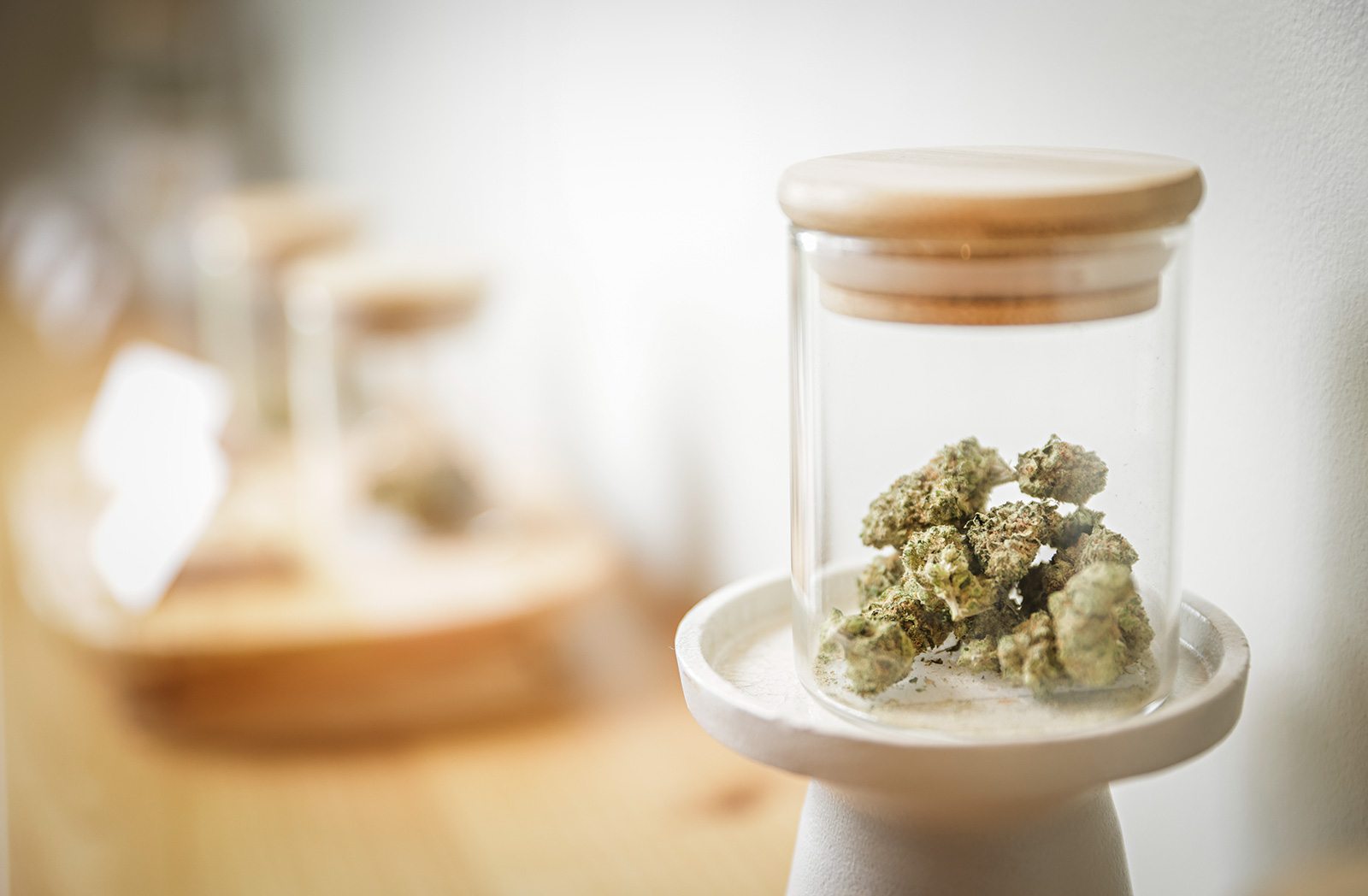Whitefish Council Voices Support for More Stringent Distancing Requirements for Dispensaries
The proposed changes to the ordinance could appear before the Whitefish Planning Board next month, and before the city council in June
By Mike Kordenbrock
During an April 3 work session, most members of the Whitefish City Council expressed support for revisions to city ordinances that would make buffering requirements for dispensaries in Whitefish more restrictive than those required by the state.
The draft changes to city ordinance include requiring a 500-foot buffer between dispensaries and churches, schools, and other dispensaries, and the potential changes would eliminate an exception the state had made to allow for dispensaries within that buffer distance if their front door was located on a different street.
That existing exception comes through the state’s three-part test in determining a dispensary’s proximity to a place of worship or school, with all three elements needing to be met for enforcement of the distancing requirement. That three-part test looks to see if the entrance doors of the dispensary premises proposed for licensing and the entrance doors of the place of worship are situated on the same street; and if the physical address of the premises proposed for licensing is designated on the same street as the physical address of the place of worship or school; and if the distance, as measured in a straight line from the entrance doors of the business proposed for licensing, and the entrance doors of the place of worship or school is 500 feet or less. Cities do have the ability to enact more strict requirements.
“There’s no more exceptions if they’re addressed on different streets,” Dave Taylor, the city’s planning and building director, said, explaining the changes after the meeting. The council was also given the option to explore shifting from an administrative conditional use permit process to a more strict conditional use permit process for dispensaries, but council members did not direct city staff to further explore that option.
The draft changes to the ordinance will likely appear before the Whitefish Planning Board next month, and could be taken up by the city council in June.
Discussion over the possible ordinance happened Monday night, and came a little over a month after the council unanimously approved an interim zoning ordinance in late February that prohibits the approval of applications for new dispensaries. That interim ordinance, effective for six months, was a response to a work session earlier in February during which members of the council and public voiced concerns with the number of dispensaries in town and their location.
At the time of the temporary ordinance’s passage in February, there were 11 active permits for dispensaries within city limits, with only five operating. Taylor noted in an earlier memo that with current regulations and buffering requirements, there were no more dispensaries that could be located with a Central Avenue address, and there were no current applications for new dispensaries on Central Avenue or in the downtown vicinity. City code already prohibits dispensaries on Spokane Avenue between Railway Street and East Second Street. The city issued most of its conditional use permits for dispensaries in early February 2021. For a dispensary that has yet to open its doors, those permits would begin expiring in August 2023, although the city does allow for requests for extensions to be made under certain circumstances.
Were the council to adopt the new buffer requirements as part of the city code, existing dispensaries would be grandfathered in, Taylor told the council.
Councilor Steve Qunell said he could support the 500-foot distance requirement, but he repeatedly expressed his view that community concerns over marijuana are out of balance with the actual danger it poses compared to alcohol, which he portrayed as being viewed more favorably despite its negative impacts.
“We’re getting over anxious about it because it’s marijuana and it’s not alcohol. And that’s my concern. I have no problem with moving it to 500 feet, I have no problem with that. I just think that we as a community should probably decide—well, I can make my opinion clear about this, and that is I think that there is just too much leftover fear that marijuana is somehow more powerful and more destructive a drug than alcohol is, and I just don’t think that’s the case.”
Councilor Rebecca Norton said that she believes that because it will take time for marijuana to be “totally integrated” into society, and for more progress to be made on nationwide decriminalization efforts. In light of that, she said she’s fine with listening to feedback “that we need to slow the pace down and people don’t want to see it everywhere.”
Qunell countered, by saying that the market will determine whether or not dispensaries can remain in business, but Norton maintained that she thinks dispensaries should be more discreet, and told Taylor she liked all the options presented to the council for consideration.
Councilor Ben Davis said he’s not anti-dispensary before explaining his view that regardless of the market’s ability to determine the volume of dispensaries that are viable, he questions the community value of continuing to add “more and more dispensaries.”
“I can support those changes,” Councilor Frank Sweeney said. “I think it addresses some of the concerns of some of the community. If we don’t have another dispensary in town there isn’t anybody in town that is going to be wanting or unable to acquire whatever they want. I think that it’s not going to affect the consumer in any form or fashion.”
Distancing them from each other and schools is a “very benign way” to address community concerns, Sweeney added.